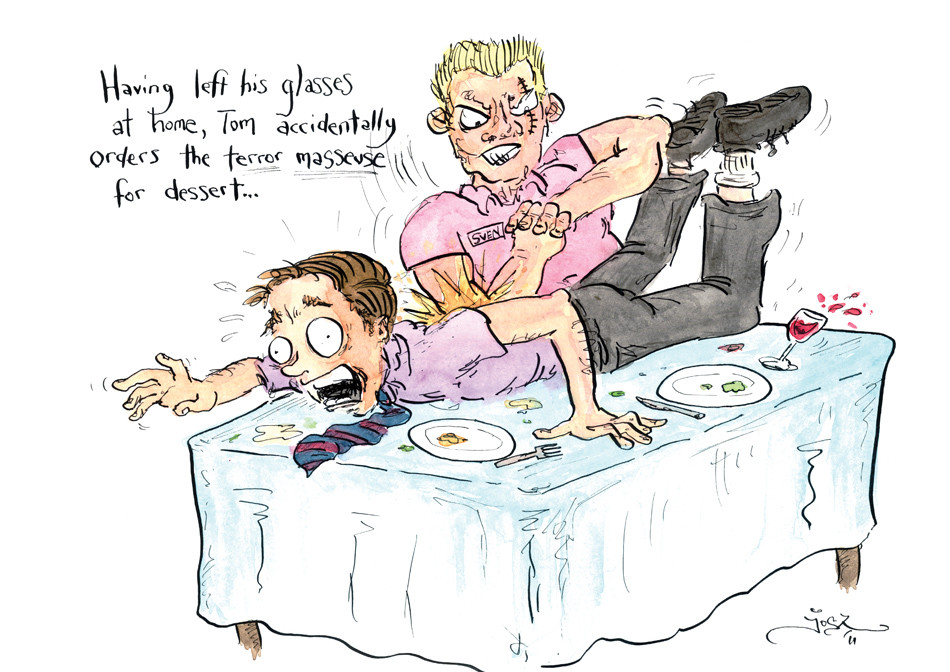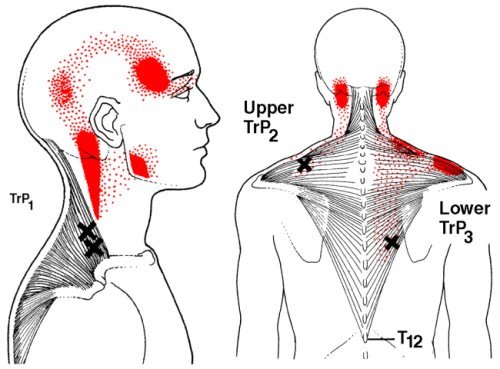This is a problem some of us initially face when we want a massage or bodywork session to help resolve our muscular discomfort(s) quickly. We let our massage therapist apply too much pressure, resulting in a few days of soreness, and our pain is only somewhat improved. It’s understandable, as we live in a society that is all about quick fixes. But, too much pressure can be more harmful than good. Allowing your massage therapist the use of too much pressure during massage can leave you in discomfort and pain versus relaxed and energized. I have doubt any massage therapist intentionally hurts their clients, as that would be counterproductive to their business model. Let’s start by comparing massage and bodywork, and discuss an effective tool that can help prevent a most painful massage or bodywork experience.
When it comes to full-body massage, we have varying preferences based on what seems to work best to relax us, or get the kinks out. We want to feel relaxed, feel our muscles were thoroughly flushed, and our stress levels were reduced. And pressure seems to be the biggest factor in a wonderful massage experience. For many of us who enjoy firm pressure, too little pressure makes us feel we had no work done to our muscles, and we are left with just an icky oily coating on our skin. And, too much pressure may leave us feeling as if we can barely walk afterwards, or knowing we will definitely be sore for the next couple of days. I’ve met clients who feared to ever get another deep-tissue massage because their massage therapist used all of their body weight incorrectly, with their own misguided approach to what deep-tissue meant. And that perfect pressure, along with the added increased circulation to deprived tissues of the body, leaves us feeling we’ve had the cobwebs removed, and we’re ready to face the world, again.
When it comes to bodywork, we should definitely change our outlook on pressure, as the session is very different. The focus is most typically on a set of muscles surrounding a particular joint or joints, which an imbalance is present, causing referred pains and tension in other regions of the body. The most common example of referred pain most of us has experienced is that of the upper trapezius muscle referring pressure and pain into our temples, eyes, and jaw.
What we want from a good bodywork session is to resolve the discomforts that tend to resurface every few days, weeks, or months. But, in trying to create a reduction of pain, we have to be aware that a painful massage would generate even more pain, which may leave us feeling beat up. We must realize that we have to avoid our nervous systems own physiological response to pain, which is the fight-or-flight response, to really unlock the affected muscles from their overly tensed state. If we can avoid that response, our muscles will relax, eventually returning to a much healthier condition.
So, let’s talk about comfortable, effective pressure during a bodywork session.
The Edge Technique – a great communication tool
The edge technique is described as using the client’s edge of comfort just before pain, while the therapist maintains static pressure on a muscle. By maintaining this comfortable static pressure, the client can relax, thus causing the muscle’s tension to ease, and releasing the tensed tissue to its normal length and resting state. Too much pressure will overload the client, causing the unnecessary reaction to tense and protect one’s body. This makes communication between the client and the therapist vital to a great bodywork experience.
By effectively utilising a comfort to pain scale, we can avoid the fight-or-flight response. I describe to my clients a scale from one to ten, where one is light touch, and ten is painful touch, to where you may jump and run from my table. We definitely want to avoid that by all means.
So, within this scale of one to ten, five is described as good, comfortable pressure, six is comfortable pressure with tension building, and yet still no pain, and 7 is tolerable pressure on the edge of being uncomfortable, and close to pain. An eight is pain, where you find yourself tensing, holding your breath, and guarding your body from harm. That eight will keep your therapist from creating a most effective bodywork session for you, and may result in unnecessary bruising, swelling of tissues, and a fear of ever getting another bodywork session in the future.
During your next bodywork session, be mindful of what your comfort to pain scale is. Find your edge, and effectively communicate what you feel to your therapist. This will allow the therapist a chance to provide their best work. Just like any great relationship, communication is key. Avoid letting your therapist give too much pressure during massage. Let them be the best massage therapist they can be for you.







